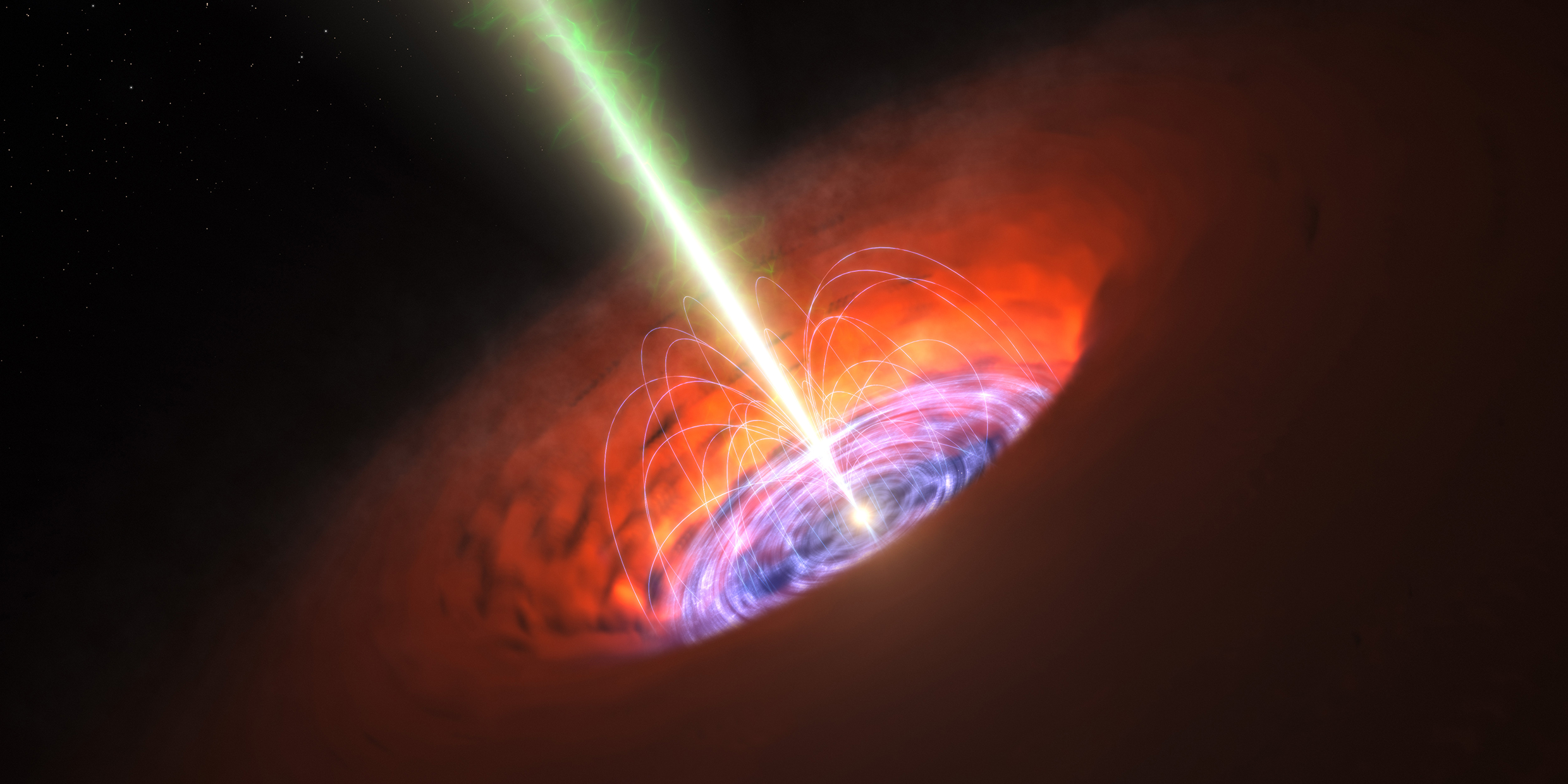Originally published 29 July 1996
Every child at some time in his life has written his address this way: Billy Smith, 426 Oak Ave., Boston, Massachusetts, USA, Earth, Solar System, Milky Way, Universe.
Our sense of place is defined by concentric circles: family, neighbors, friends, countrymen, species, life, nature, God. Let’s back up one step from the most inclusive term of our address — to the Milky Way.
We live in a universe of galaxies. We exist only because the galaxies are great reservoirs of hydrogen and helium. Hydrogen and helium are not the most stable atomic forms; carbon, oxygen, silicon, and iron, for example, are successively more stable. When the nuclei of hydrogen and helium fuse in the cores of stars to form heavier, more stable elements, energy is released.
Without this free energy there could be no life.
In technical terms, the biosphere of Earth is a non-equilibrium thermodynamic system sustained by radiation from one of the trillion stars in the Milky Way Galaxy — the sun — a furnace in which hydrogen is burned into helium, and ultimately into carbon and oxygen. The complexity of life can only be created and sustained at the expense of the “running down” of our star.
The Milky Way, then, is that part of our address that puts us squarely in the cosmic flow of matter and energy that brings complexity out of chaos.
And what an object! There are as many stars in the Milky Way Galaxy as there are grains in 10,000 boxes of salt, embedded in the billowing nebulas of hydrogen and helium out of which they are born. A glittering vortex of stars. An exploding St. Catherine’s wheel of supernovas.
At the center of the vortex lurks a monster.
In recent decades, astronomers have become increasingly convinced that galaxies have supermassive black holes at their centers — small, dense kernels with the mass of millions or billions of suns. So powerful is the gravity of such an object that nothing can escape its pull, not even light.
Gas, dust, and stars orbit the black holes at prodigious speeds, sometimes being drawn into these voracious drains. As they spin into oblivion, they emit telltale radiation. Black holes at the centers of galaxies are powerful beacons of radio and x‑ray energy.
Early in the history of the universe, as the galaxies and their black-hole kernels were forming, these beacons were brighter than entire galaxies. We see them today at great distances, and therefore at those earlier epochs in time, as tiny super-luminous objects called quasars.
As time passed, less matter went down those central galactic drains. The black hole monsters grew at a slower rate and their violence subsided. The blazing beacons of the quasars faded. But the black holes remain, hidden by the light of the surrounding stars, lurking relics of creation.
The most certain way to prove the existence of galactic black holes is by their gravitational influence on the stars that orbit them. If a black hole resides at the center of a galaxy, then stars will orbit at higher velocities than if the center of the galaxy is empty.
The velocity of a star can be measured by a change in the frequency of its light (the same principle, called the Doppler effect, is employed when a radar gun measures the velocity of a car). The high-resolution Hubble space telescope has been able to make these measurements more accurately than Earth-based instruments, substantially strengthening the evidence that many galaxies do indeed have supermassive black holes at their centers.
Our own Milky Way Galaxy is no exception. It too apparently has a black hole at its core, with a mass of several million suns and a size smaller than the Earth’s orbit.
Whirlpools and monsters have long been stock items in myth and story. We remember Scylla and Charybdis, the monster and whirlpool that threatened Odysseus, the Great Kraken, the whirlpool-causing monster of medieval legend, and Melville’s Moby Dick, which drew all but Ishmael down into its terrible vortex.
The whirlpool of the Milky Way has its monster, called Sagittarius A* by radio astronomers. No Scylla and Charybdis could be more magical than this invention of the physicists, revealed by the instruments of astronomers, a colossal black hole that has fed upon stars, lying still in the pool of night.
On warm summer nights, when the Milky Way drapes its pale banner of light from Cassiopeia to Sagittarius, I sometimes think of that address that we used to write on the brown-paper covers of our school books: Billy Smith, 426 Oak Ave., Boston, Massachusetts, U.S.A., Earth, Solar System, Milky Way, Universe. These summer nights are a time to feel at home in the Milky Way, a child of the stars, part of the great spiral of matter and energy that spins off life.
In 2017, the supermassive black hole at the center of the Messier 87 galaxy was successfully imaged by the Event Horizon Telescope. ‑Ed.




Dear Mr. Raymo,
Thank you.
I enjoy your writing very much. I became a big fan after reading The Soul of the Night.
I hope you will keep your blog going, it’s marvelous.
John F. Cole